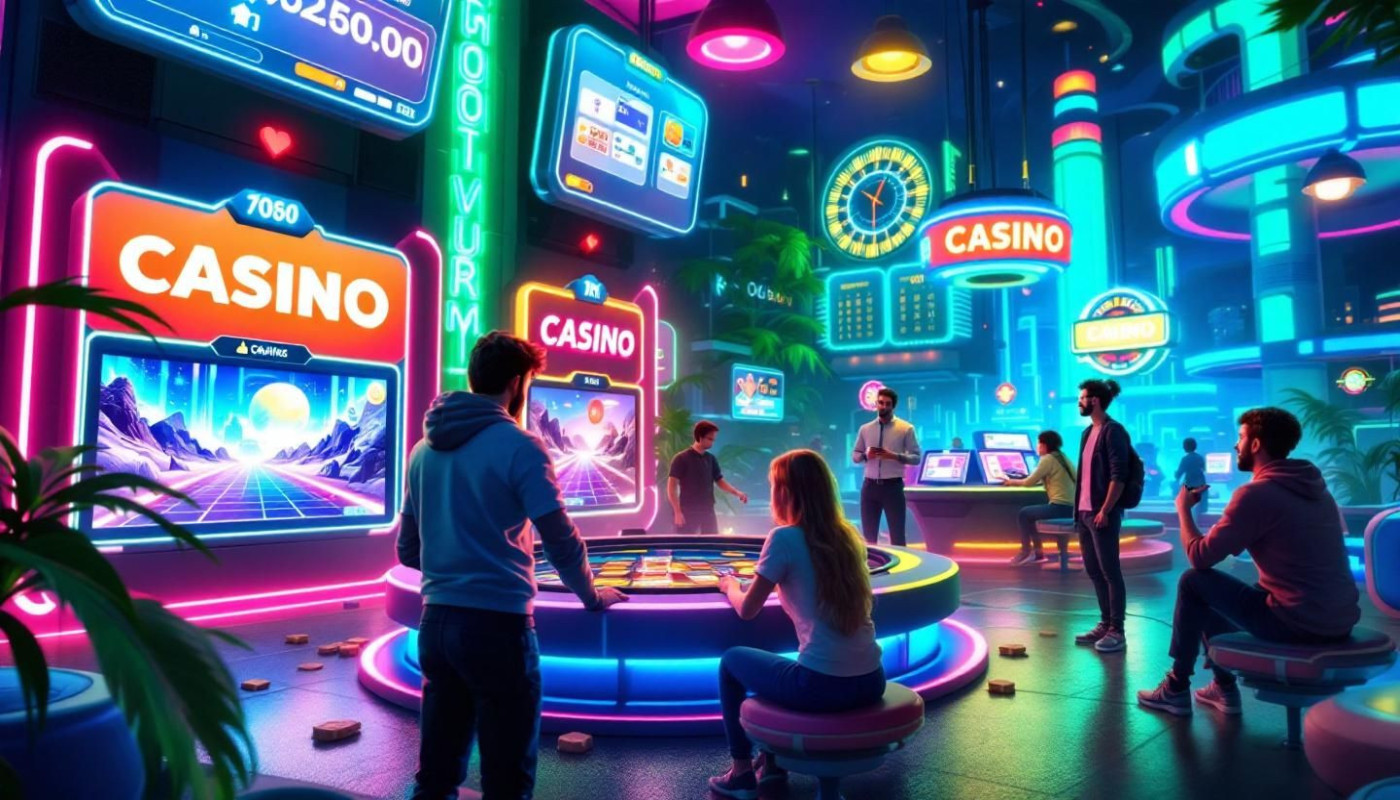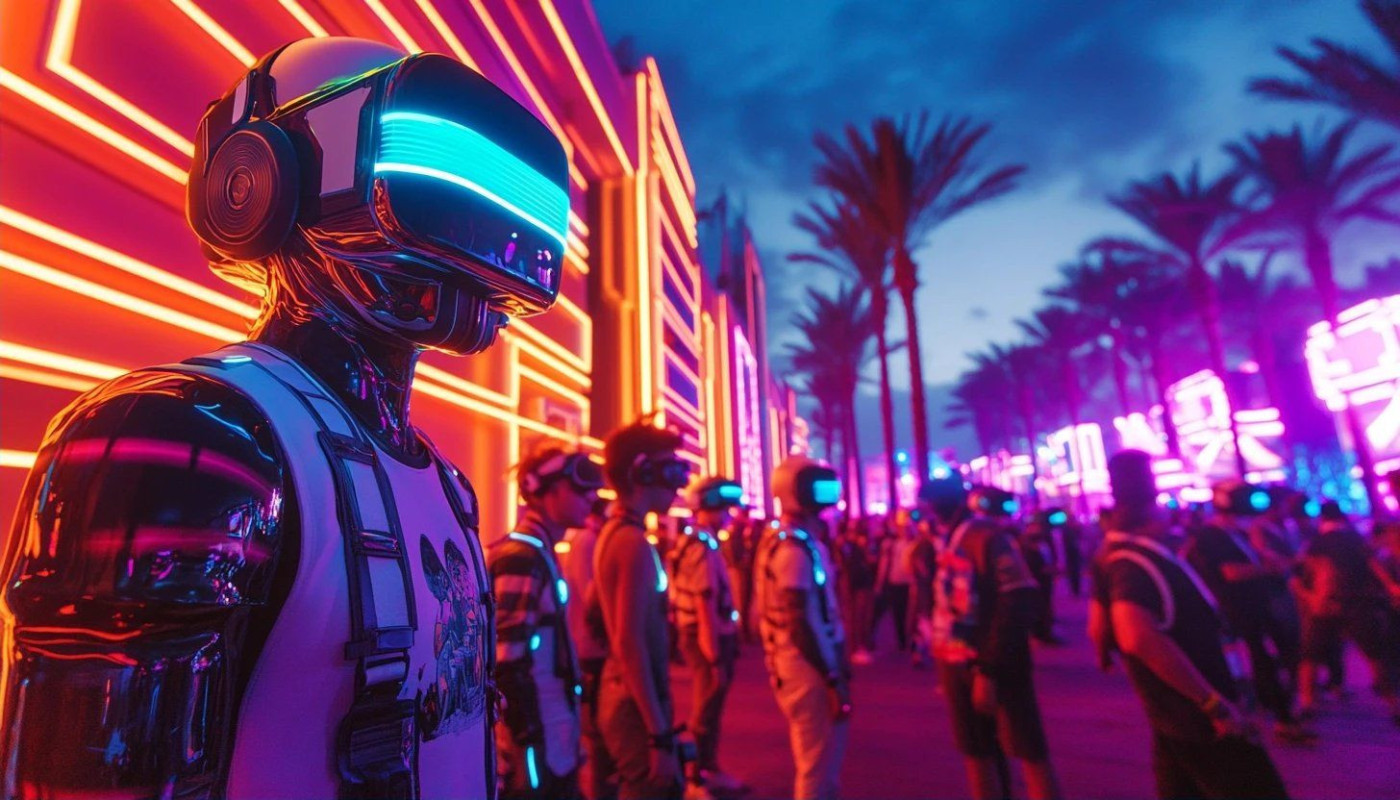Table of contents
Navigating the complex tapestry of urban environments presents a unique set of challenges and opportunities for city dwellers and visitors alike. With the continuous evolution of technology and design, innovative methods are being developed to enhance the way we interact with our cityscapes. This exploration unveils groundbreaking approaches to urban navigation that promise to reshape our experiences and perceptions of metropolitan living, beckoning readers to delve into the dynamic ways we can move through and engage with the spaces around us.
Innovative Mapping Techniques
Interactive maps and three-dimensional city modeling are reshaping the landscape of urban exploration. By harnessing the power of real-time navigation and advanced geospatial data, these cutting-edge mapping technologies offer unparalleled insights into the bustling life of cities. These innovative approaches provide a dynamic platform for individuals to interact with their surroundings in a way that static maps simply cannot match. With the integration of Geographic Information System (GIS), urban planners and geospatial analysts are able to create rich, user-friendly interfaces. These wayfinding solutions not only facilitate seamless transit from point A to B but also significantly improve situational awareness and accessibility for a diverse range of users, ensuring that the bustling urban environment is navigable and welcoming to all.
Smart Public Transit Systems
In the realm of urban mobility, Intelligent Transportation Systems (ITS) stand at the forefront of innovation, profoundly transforming the fabric of city commuting. These advanced networks, fueled by transit data analytics, are pivotal in enhancing the efficiency of public transportation. By harnessing the power of the Internet of Things (IoT) and sophisticated algorithms, ITS provide a foundation for smart buses and trains to navigate through bustling cityscapes with unprecedented precision. A closer look at these systems reveals a dedication to traffic flow optimization, which not only expedites transit times but also substantially diminishes the occurrence of vehicular congestion. This optimization is achieved by analyzing copious amounts of data to anticipate high-demand areas, adjust schedules in real-time, and propose the most efficient routes.
Apart from streamlining operations, ITS embody a user-centric approach, putting passengers' needs at the center of urban transportation solutions. Real-time updates, mobile ticketing, and enhanced predictive services are just a few examples of how commuters are benefiting from the integration of IoT in transportation. Moreover, these systems are laudable for their contribution to eco-friendly commuting practices. By optimizing routes and improving vehicle load management, smart public transit systems play a significant role in reducing emissions and promoting sustainable urban development. It is through these multifaceted advancements that ITS are redefining what it means to travel within the interconnected web of a modern city's transportation infrastructure.
Pedestrian-Centric Urban Design
Urban landscapes are evolving as cities increasingly embrace pedestrian-centric urban design, a transformative approach that focuses on creating walkable cities. By prioritizing the needs of pedestrians over vehicles, urban planners and architects are fostering environments that are on a human scale, where convenience and accessibility by foot are paramount. The implementation of Complete Streets, which are designed to be safe and accessible for all users, including pedestrians, cyclists, motorists, and transit riders, is a key aspect of this shift. Car-free living is gaining traction as more urban areas designate car-free zones, vastly reducing vehicle traffic in city centers and thereby enhancing the quality of life for residents.
The expansion of green urban spaces is another significant development in the move towards pedestrian-oriented cities. These verdant havens not only provide aesthetic value and recreational opportunities but also contribute to improved air quality and urban cooling, mitigating the heat island effect common in densely populated areas. Furthermore, mixed-use development is a vital component of this urban renaissance; it blends residential, commercial, and recreational spaces, enabling individuals to live, work, and play in proximity. This integration supports a lifestyle where driving is an option rather than a necessity, promoting a bike-friendly infrastructure that facilitates active transportation and reduces reliance on cars.
These urban design innovations yield extensive health benefits, encouraging physical activity through walking and biking, which in turn can lead to reduced obesity rates and lower incidences of cardiovascular diseases. Socially, pedestrian-friendly spaces foster a sense of community, inviting people to engage with their surroundings and with one another. Environmentally, the reduced carbon footprint associated with decreased vehicle use makes these developments a beacon of sustainable living. In essence, pedestrian-centric urban planning creates a more livable, resilient, and vibrant cityscape that caters to the well-being of its inhabitants and the surrounding ecosystem. An urban designer or architect with expertise in sustainable development would be well-positioned to discuss these trends and their implications for future urban landscapes.
Personal Mobility Devices
As urban landscapes continue to evolve, the emergence of personal mobility devices has become a last mile solution that elegantly addresses the intricacies of city travel. Electric scooters and bikes are not only reshaping the concept of urban cycling, they are also carving a niche in the vast array of transportation options available to city-dwellers. These compact personal vehicles offer a seamless transition from larger transit systems to the final destination, effectively bridging the distance that often deters individuals from using public transportation.
Within the realm of urban mobility, integrating these devices into the existing transportation networks is paramount. Not only do they provide versatility and convenience, but they are also seen as a complement to the public transit system, enhancing its efficiency. This integration has led to a burgeoning interest in micro-mobility regulations. Policymakers and urban transportation strategists are at the forefront, navigating through the challenges of ensuring safety standards and regulations that foster harmonious coexistence between personal mobility devices and other forms of transit.
Despite the benefits, the rapid proliferation of electric scooters and other micro-mobility solutions has also raised questions about safety. Ensuring that these devices are used responsibly within the urban fabric, without posing risks to pedestrians and traditional vehicular traffic, is crucial. Cities are now contemplating the introduction of dedicated lanes, speed limits, and parking solutions to mitigate potential conflicts.
In the context of these considerations, some innovations in micro-mobility management remind us of the playful yet strategic nature of navigating urban spaces. An example of this is the mobile application chicken road 2, which, while not directly related to personal mobility, captures the essence of movement and strategy within an urban environment.
Augmented Reality for Urban Exploration
Augmented Reality (AR) is transforming the way we interact with urban landscapes by providing immersive urban experiences through digital overlays. This technology, which superimposes computer-generated images onto our view of the real world, offers a rich and dynamic layer to city tours and navigation. In the realm of tourism, AR city tours allow visitors to see historical events unfold before their eyes, bringing to life the stories and facts that traditional guidebooks may only recount in text. For education, AR can turn a simple walk down a historic district into an informative journey, with interactive lessons materializing at points of interest. AR is also making strides in accessible navigation, paving the way for individuals with disabilities to explore cities with greater ease. This is achieved through augmented wayfinding, enabling users to receive real-time directions and information in a visual format that adapts to their needs. By harnessing the power of Augmented Reality, urban explorers can now engage with their environments in ways that are both informative and entertaining, truly elevating the standard of cultural exploration and city navigation.
On the same subject

























